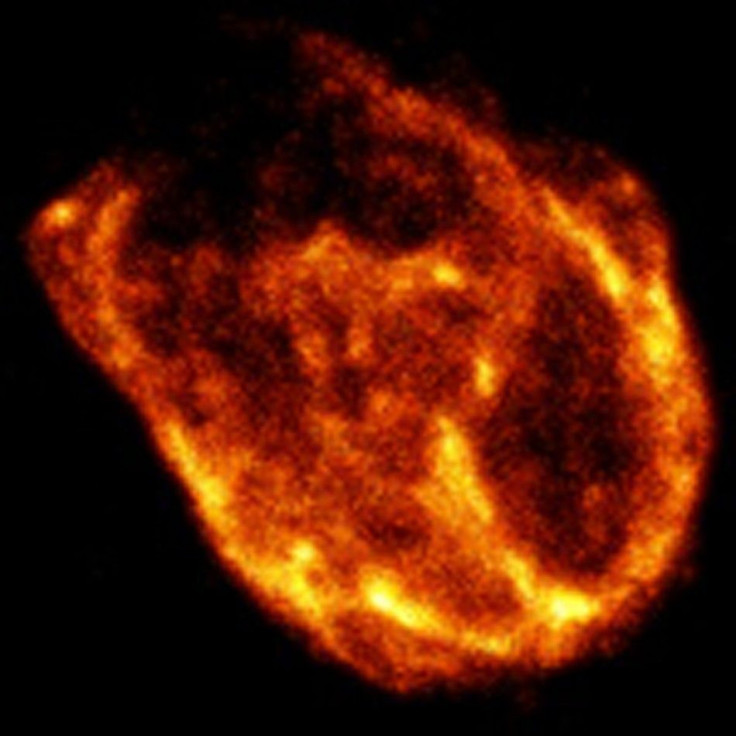Any Slower and They Might Explode: Galaxy May Hold Thousands of White Dwarf ‘Time Bombs,’ Research Suggests

New research suggests that some old stars are held together by their rapid spinning, and can explode as supernovae once they slow down.
This means there are possibly thousands of similar explosions waiting to happen throughout the galaxy, according to researchers at the Harvard-Smithsonian Center for Astrophysics.
We haven't found one of these 'time bomb' stars yet in the Milky Way, but this research suggests that we've been looking for the wrong signs, astrophysicist Rosanne Di Stefano said in a CFA press release. Our work points to a new way of searching for supernova precursors.
The research was published in the Sept. 1 issue of The Astrophysical Journal Letters.
These older stars are known as white dwarf stars. A white dwarf star is one of the three densest forms of matter and about as massive as the Sun but not much bigger than the Earth, according to NASA's Goddard Space Flight Center.
According to NASA, certain massive white dwarfs that exceed the 1.4 solar mass limit may collapse under their own weight and explode completely, becoming what is known as a supernova.
Di Stefano and her colleagues specifically studied the Type 1a supernova explosion, which happens when a white dwarf star destabilizes.
Our work is new because we show that spin-up and spin-down of the white dwarf have important consequences, Di Stefano said. Astronomers therefore must take angular momentum of accreting white dwarfs seriously, even though it's very difficult science.
© Copyright IBTimes 2024. All rights reserved.











